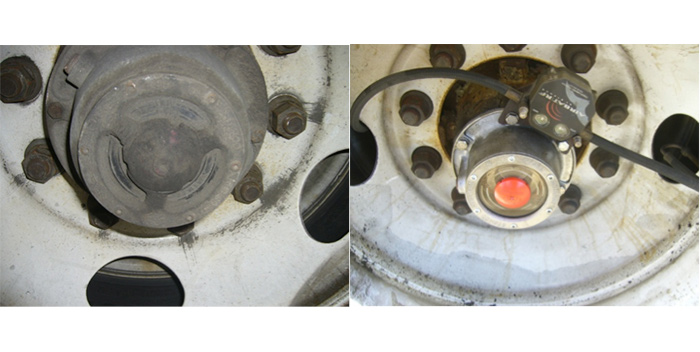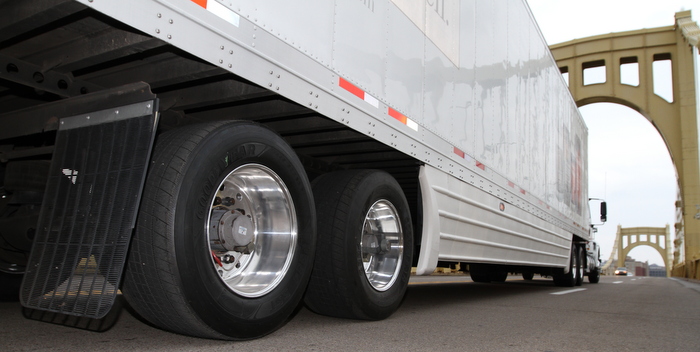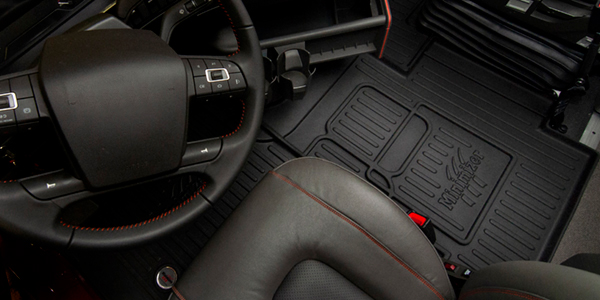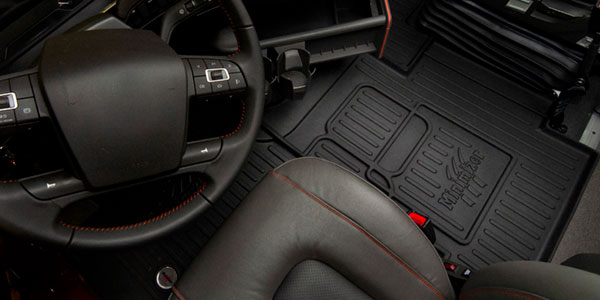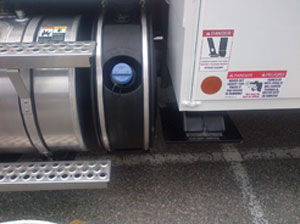
With the introduction of 2010 EPA-compliant diesel engines, which included selective catalytic reduction (SCR) technology, diesel exhaust fluid (DEF) has become a mandatory commodity for all fleet managers running these engines. Many of those fleets still have questions about how it impacts day-to-day operations. In an August 2013 online survey of the trucking industry, PEAK Commercial & Industrial, the makers of BlueDEF, found that the top concern of those surveyed was how DEF with SCR technology impact overall fuel economy.
Survey respondents were provided the following choices and asked to rank their top concerns with DEF usage as follows:
• Performance in freezing temperatures;
• Effect on fuel economy;
• Additional cost to overall maintenance budget;
• Proper storage;
• Ease of accessibility (finding it when needed); and
• Contamination (using the right accessories).
Not surprisingly, fuel economy ranked number one with the highest overall ranking, followed by added maintenance costs and performance in freezing temperatures.
According to Dr. Frank Cook, senior vice president of new product development with Peak Commercial & Industrial explains, “With the use of DEF with SCR technology, the engine can be tuned to run at optimal conditions, which gives a more complete fuel burn and better fuel economy.
Understanding there are questions about the trade-off of additional DEF cost versus fuel saved, Cook provided this breakdown:
• If you get better fuel economy as a result of SCR engines and save 3%, that would be 3 gal. of diesel at $4 a gal. for every 100 gal. of fuel (about $12 saved);
• At a 3% treat rate you would use 3 gal. of DEF for that same 100 gal. of fuel (about $8.37 spent); and
• Since DEF is less than the cost of diesel, operating costs are actually lower. For every dollar spent on DEF, it is about 40 to 50 cents less you are spending on diesel fuel, which is a solid return rate.
Typically fleets only have to fill the DEF tank once every 6,000 mi., which can be via truck stop pumps, company storage containers or retail containers, Cook added.
According to the Diesel Technology Forum (www.dieselforum.org), SCR technology is one of the most cost-effective and fuel-efficient technologies available to help reduce diesel engine emissions. A all heavy-duty diesel truck engines (produced after Jan. 1, 2010) must now meet the EPA standards, among the most stringent in the world, reducing particulate matter (PM) and nitrogen oxides (NOx) to near zero levels.
There are environmental benefits since SCR can reduce NOx emissions up to 90% while simultaneously reducing HC and CO emissions by 50 to 90% and PM emissions by 30 to 50%. Other benefits include cost savings related to the fact that SCR systems can be combined with a diesel particulate filter to achieve even greater emission reductions for PM. The Forum also reports that in the commercial trucking industry, some SCR-equipped truck fleets are indeed reporting fuel economy gains of 3 to 5%.


